Located in the shadow of Mount Vesuvius, Herculaneum (Italian: Ercolano) was an ancient Roman town destroyed by volcanic pyroclastic flows in 79 AD. Its ruins are located in the commune of Ercolano, Campania, Italy.
As a UNESCO World Heritage Site, it is famous as one of the few ancient cities that can now be seen in much of its original splendour, as well as for having been lost, along with Pompeii, Stabiae, Oplontis and Boscoreale, in the eruption of Mount Vesuvius in AD 79 that buried it. Unlike Pompeii, the deep pyroclastic material which covered it preserved wooden and other organic-based objects such as roofs, beds, doors, food and even some 300 skeletons which were surprisingly discovered in recent years along the seashore as it was thought until then that the town had been evacuated by the inhabitants.
Herculaneum was a wealthier town than Pompeii, possessing an extraordinary density of fine houses with, for example, far more lavish use of coloured marble cladding.
Ancient tradition connected Herculaneum with the name of the Greek hero Herakles (Hercules in Latin and consequently Roman Mythology), an indication that the city was of Greek origin. In fact, it seems that some forefathers of the Samnite tribes of the Italian mainland founded the first civilization on the site of Herculaneum at the end of the 6th century BC. Soon after, the town came under Greek control and was used as a trading post because of its proximity to the Gulf of Naples. The Greeks named the city Ἡράκλειον, Heraklion. In the 4th century BC, Herculaneum again came under the domination of the Samnites. The city remained under Samnite control until it became a Roman municipium in 89 BC, when, having participated in the Social War ("war of the allies" against Rome), it was defeated by Titus Didius, a legate of Sulla.
After the eruption of Mount Vesuvius in 79 AD, the town of Herculaneum was buried under approximately 20 metres (50–60 feet) of ash. It lay hidden and largely intact until discoveries from wells and underground tunnels became gradually more widely known, and notably following the Prince d'Elbeuf's explorations in the early 1700s. Excavations continued sporadically up to the present and today many streets and buildings are visible, although over 75% of the town remains buried. Today, the Italian towns of Ercolano and Portici lie on the approximate site of Herculaneum. Until 1969 the town of Ercolano was called Resina. It changed its name to Ercolano, the Italian modernization of the ancient name in honour of the old city.
The inhabitants worshipped above all Hercules, who was believed to be the founder of both the town and Mount Vesuvius. Other important deities worshipped include Venus and Apollo.
The eruption of 79 AD
Herculaneum and other cities affected by the eruption of Mount Vesuvius. The black cloud represents the general distribution of ash and cinder. Modern coast lines are shown.
Main article: Eruption of Mount Vesuvius in AD 79
The catastrophic eruption of Mt. Vesuvius occurred on the afternoon of 24 August 79 AD. Because Vesuvius had been dormant for approximately 800 years, it was no longer even recognized as a volcano.
Based on archaeological excavations and on two letters of Pliny the Younger to the Roman historian Tacitus, the course of the eruption can be reconstructed.
At around 1pm on 24 August, Vesuvius began spewing volcanic ash and stone thousands of meters into the sky. When it reached the tropopause (the boundary between the troposphere and the stratosphere), the top of the cloud flattened, prompting Pliny to describe it to Tacitus as a Stone Pine tree. The prevailing winds at the time blew toward the southeast, causing the volcanic material to fall primarily on the city of Pompeii and the surrounding area. Since Herculaneum lay to the west of Vesuvius, it was only mildly affected by the first phase of the eruption. While roofs in Pompeii collapsed under the weight of falling debris, only a few centimetres of ash fell on Herculaneum, causing little damage but nonetheless prompting most inhabitants to flee.
During the following night, the eruptive column which had risen into the stratosphere collapsed onto Vesuvius and its flanks. The first pyroclastic surge, formed by a mixture of ash and hot gases, billowed through the mostly evacuated town of Herculaneum at 160 km/h (100 mph). A succession of six flows and surges buried the city's buildings, causing little damage and preserving structures, objects and victims almost intact.
Recent multidisciplinary research on the lethal effects of the pyroclastic surges in the Vesuvius area showed that in the vicinity of Pompeii and Herculaneum heat was the main cause of death of people, who were heretofore presumed to have died by ash suffocation. This study shows that exposure to at least 250 °C hot surges even at a distance of 10 kilometres from the vent was sufficient to cause the instant death of all residents, even if they were sheltered within buildings.
Archaeology
After earlier clandestine tunnelling, major excavation began at modern Ercolano in 1738 by Spanish engineer Rocque Joaquin de Alcubierre. The elaborate publication of Le Antichità di Ercolano ("The Antiquities of Herculaneum") under the patronage of the King of the Two Sicilies had an effect on incipient European Neoclassicism out of all proportion to its limited circulation; in the later 18th century, motifs from Herculaneum began to appear on stylish furnishings, from decorative wall-paintings and tripod tables to perfume burners and teacups. However, excavation ceased once the nearby town of Pompeii was discovered, which was significantly easier to excavate because of the thinner layer of debris covering the site (four meters as opposed to Herculaneum's twenty meters).
In the twentieth century, excavation once again resumed in the town. However, many public and private buildings, including the forum complex, are yet to be excavated.
The buildings at the site are grouped in blocks (insulae), defined by the intersection of the east-west (cardi) and north-south (decumani) streets. Hence we have Insula II – Insula VII running counterclockwise from Insula II. To the east are two additional blocks: Orientalis I (oI) and Orientalis II (oII). To the south of Orientalis I (oI) lies one additional group of buildings known as the "Suburban District" (SD). Individual buildings having their own entrance number. For example, the House of the Deer is labelled (Ins IV, 3).
The House of Aristides (Ins II, 1)
The first building in insula II is the House of Aristides. The entrance opens directly onto the atrium, but the remains of the house are not particularly well preserved due to damage caused by previous excavations. The lower floor was probably used for storage.
The House of Argus (Ins II, 2)
The second house in insula II got its name from a fresco of Argus and Io which once adorned a reception room off the large peristyle. The fresco is now lost, but its name lives on. This building must have been one of the finer villas in Herculaneum. The discovery of the house in the late 1820s was notable because it was the first time a second floor had been unearthed in such detail. The excavation revealed a second floor balcony overlooking Cardo III. Also wooden shelving and cupboards. However, with the passing of time, these elements have now been lost.
The House of the Genius (Ins II, 3)
To the north of the House of Argus lies the House of the Genius. It has been only partially excavated but it appears to have been a spacious building. The house derives its name from the statue of a cupid that formed part of a candlestick. In the centre of the peristyle are the remains of a rectangular basin.
The house of the Alcove is two buildings joined together. As a consequence of this it is a mixture of plain and simple rooms combined with some highly decorated ones.
The atrium is covered, so lacks the usual impluvium. It retains its original flooring of opus tesselatum and opus sectile. Off the atrium is a biclinium richly decorated with frescoes in the fourth style and a large triclinium which originally had a marble floor. A number of other rooms, one of which is the apsed alcove after which the house was named, can be reached via a hall which gets its light from a small courtyard.
The Central Thermae were bath houses built around the first century AD. Bath houses were very common at that time, especially in Pompeii and Herculaneum. Per common practice, there were two different bath areas, one for men and the other for women. These houses were extremely popular, attracting many visitors daily. This cultural hub was also home to several works of art, which can be found in various areas of the Central Thermae site.
The most famous of the luxurious villas at Herculaneum is the "Villa of the Papyri." It was once identified as the magnificent seafront retreat for Lucius Calpurnius Piso Caesoninus, Julius Caesar's father-in-law; however, it has emerged that the objects thought to be associated with Lucius Calpurnius Piso Caesonius correspond more closely to a greatly standardized assemblage, and cannot indicate, with certainty, the owner of the villa. The villa stretches down towards the sea in four terraces. Piso, a literate man who patronized poets and philosophers, built a fine library there, the only one to survive intact from antiquity.
Between 1752 and 1754 numerous blackened unreadable papyrus scrolls were serendipitously recovered from the Villa of the Papyri by workmen. These scrolls became known as the Herculaneum papyri or scrolls, the majority of which are today stored at the National Library, Naples. The scrolls are badly carbonized, but a large number have been unrolled, with varying degrees of success. Computer-enhanced multi-spectral imaging, in the infra-red range, helps make the ink legible. There is now a real prospect that it will be possible to read the unopened rolls using X-rays.The same techniques could be applied to the rolls waiting to be discovered in the as-yet unexcavated part of the villa, eliminating the need for potentially damaging the rolls by unrolling them.
A team spent a month in summer 2009, making numerous X-ray scans of two of the rolls that are stored at the French National Academy in Paris. They hoped that computer processing would convert the scans into digital images showing the interiors of the rolls and revealing the ancient writing. The main fear, however, was that the Roman writers might have used carbon-based inks, which would be essentially invisible to the scans. That fear has turned out to be fact. They now hope that re-scanning the rolls with more powerful X-ray equipment will reveal the text.
The skeleton called the "Ring Lady" unearthed in Herculaneum.
In 1981, under Dr. Giuseppe Maggi, excavations initially turned up more than 55 skeletons (30 adult males, 13 adult females and 12 children) on the beach and in the first six boat chambers. Because earlier excavations had revealed only a few skeletons, it was long thought that nearly all of the inhabitants had managed to escape, but this surprising discovery led to a change of view. The last inhabitants waiting for rescue from the sea were killed instantly by the intense heat, despite being sheltered from direct impact. The study of victims' postures and the effects on their skeletons indicate that the first surge caused instant death as a result of fulminant shock due to a temperature of about 500 °C (932 °F). The intense heat caused contraction of hands and feet and possibly fracture of bones and teeth.
Further excavations in the 1990s revealed a total of at least three hundred skeletons huddled close together in twelve arches facing the sea and on the beach, while the town was almost completely evacuated. The group includes the "Ring Lady" (see image), named for the rings on her fingers.
Chemical analysis of the remains has led to greater insight into the health and nutrition of the Herculaneum population. Quantities of lead were found in some of the skeletons, which led to speculation of lead poisoning. Also the presence of scarring on the pelvis, for instance, may give some indication of the number of children a woman had borne.
Casts of skeletons were also produced, to replace the original bones after taphonomic study, scientific documentation and excavation. In contrast to Pompeii, where casts resembling the body features of the victims were produced by filling the body imprints in the ash deposit with plaster, the shape of corpses at Herculaneum could not be preserved, due to the rapid vaporization and replacement of the flesh of the victims by the hot ash (ca. 500 °C). A cast of the skeletons unearthed within chamber 10 is on display at the Museum of Anthropology in Naples.
The volcanic water, ash and debris covering Herculaneum, along with the extreme heat, left it in a remarkable state of preservation for over 1600 years. However, once excavations began, exposure to the elements began the slow process of deterioration. This was not helped by the methods of archaeology used earlier in the town's excavation, which generally centered around recovering valuable artifacts rather than ensuring the survival of all artifacts. In the early 1980s and under the direction of Dr. Sara C. Bisel, preservation of the skeletal remains became a high priority. The carbonised remains of organic materials, when exposed to the air, deteriorated over a matter of days, and destroyed many of the remains until a way of preserving them was formed.
Today, tourism and vandalism have damaged many of the areas open to the public, and water damage coming from the modern Ercolano has undermined many of the foundations of the buildings. Reconstruction efforts have often proved counterproductive. However, in modern times conservation efforts have been more successful. Today excavations have been temporarily discontinued, in order to direct all funding to help save the city.
A large number of artifacts from Herculaneum are preserved in the Naples National Archaeological Museum.
A private-public partnership, the Herculaneum Conservation Project, has taken a lead restoring Herculaneum. In 2012, UNESCO’s director general praised Herculaneum as a model “whose best practices surely can be replicated in other similar vast archaeological areas across the world”
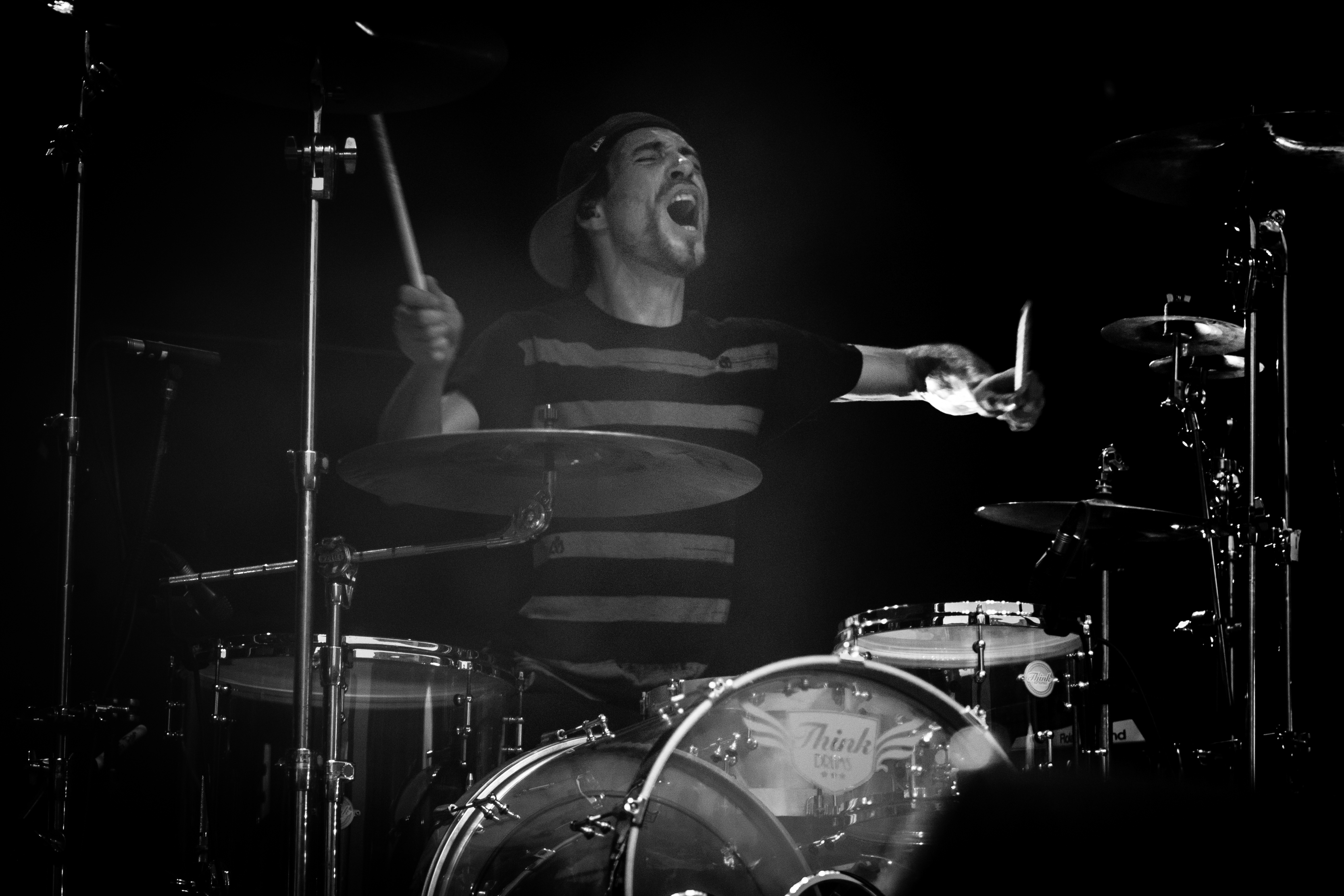
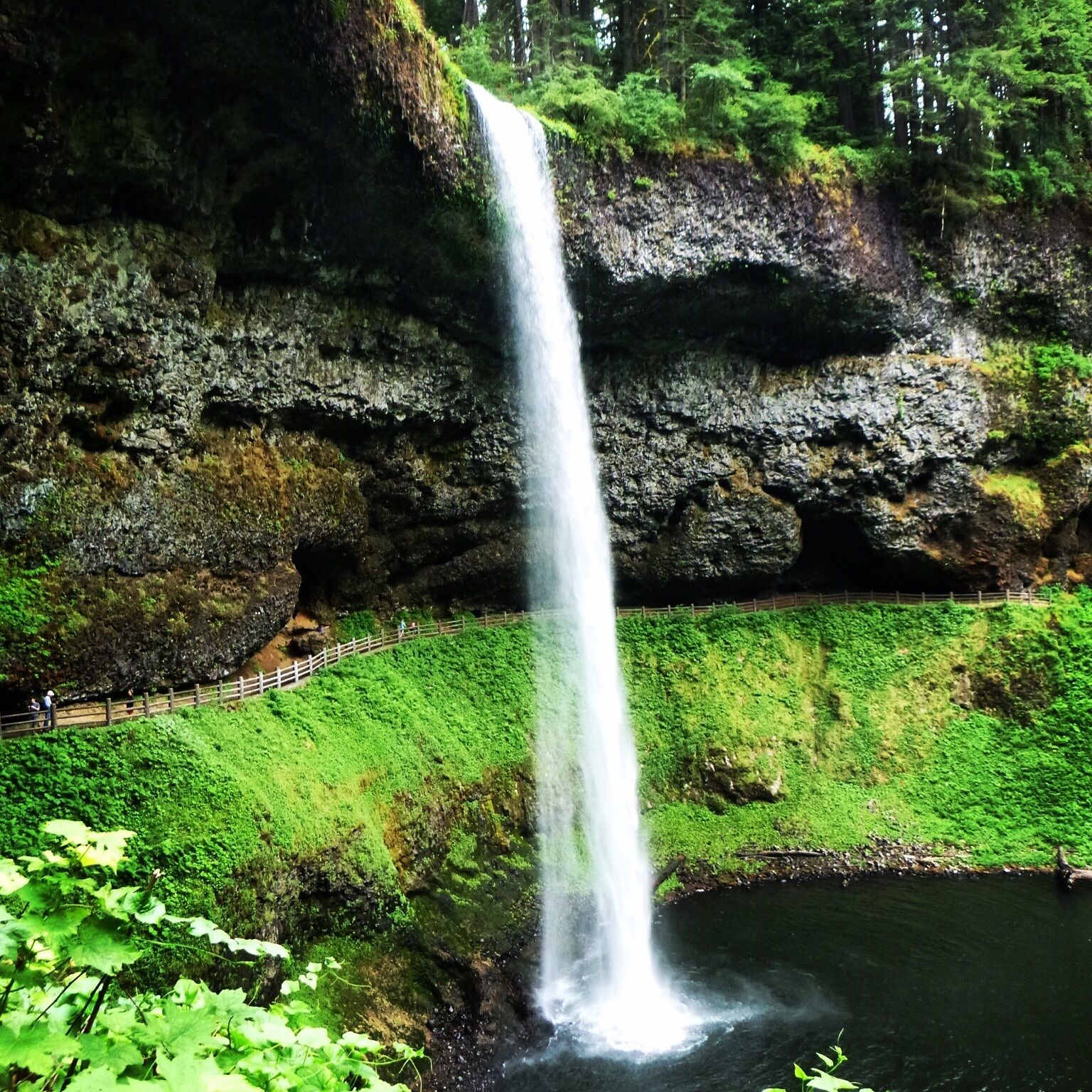

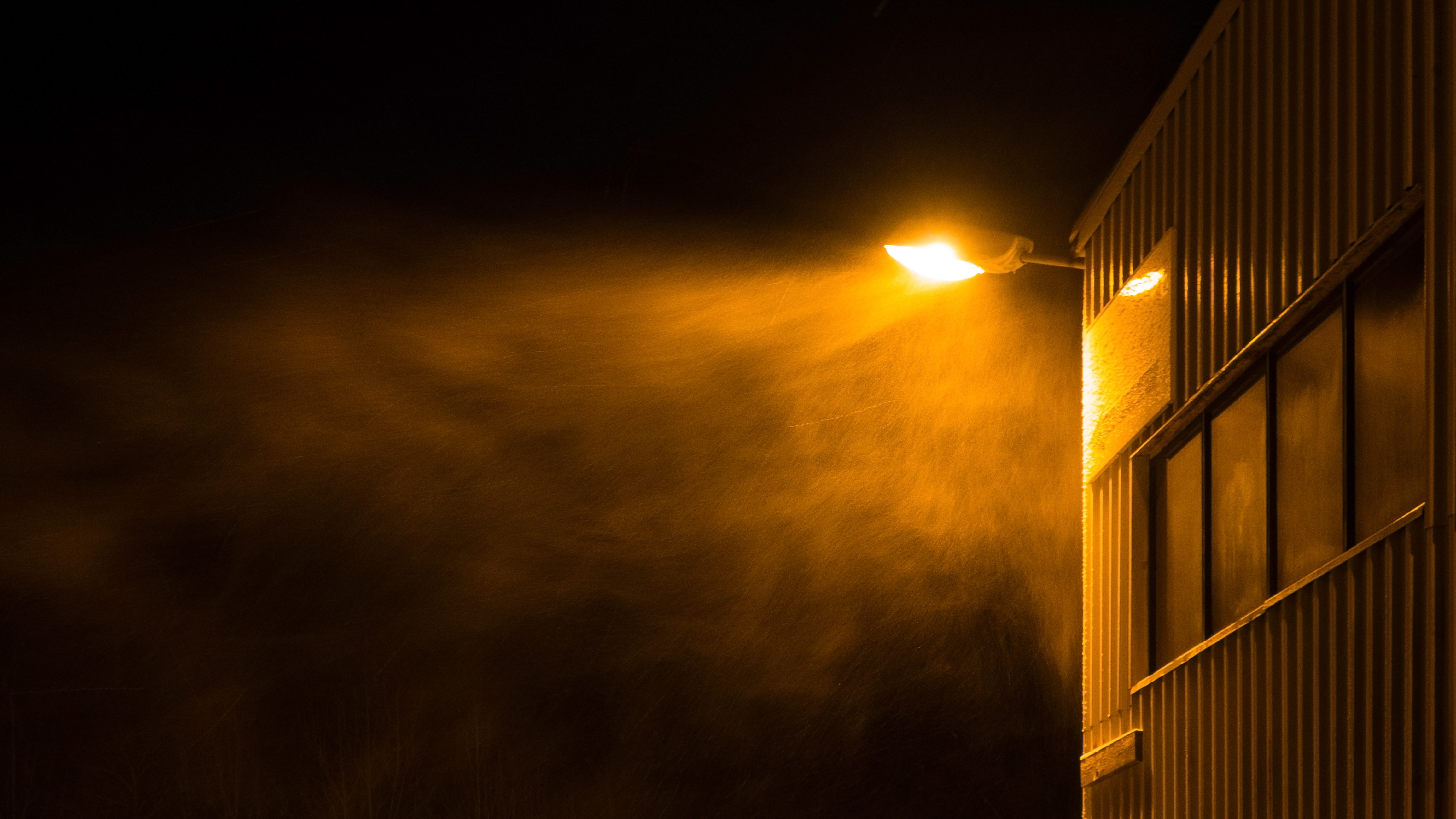
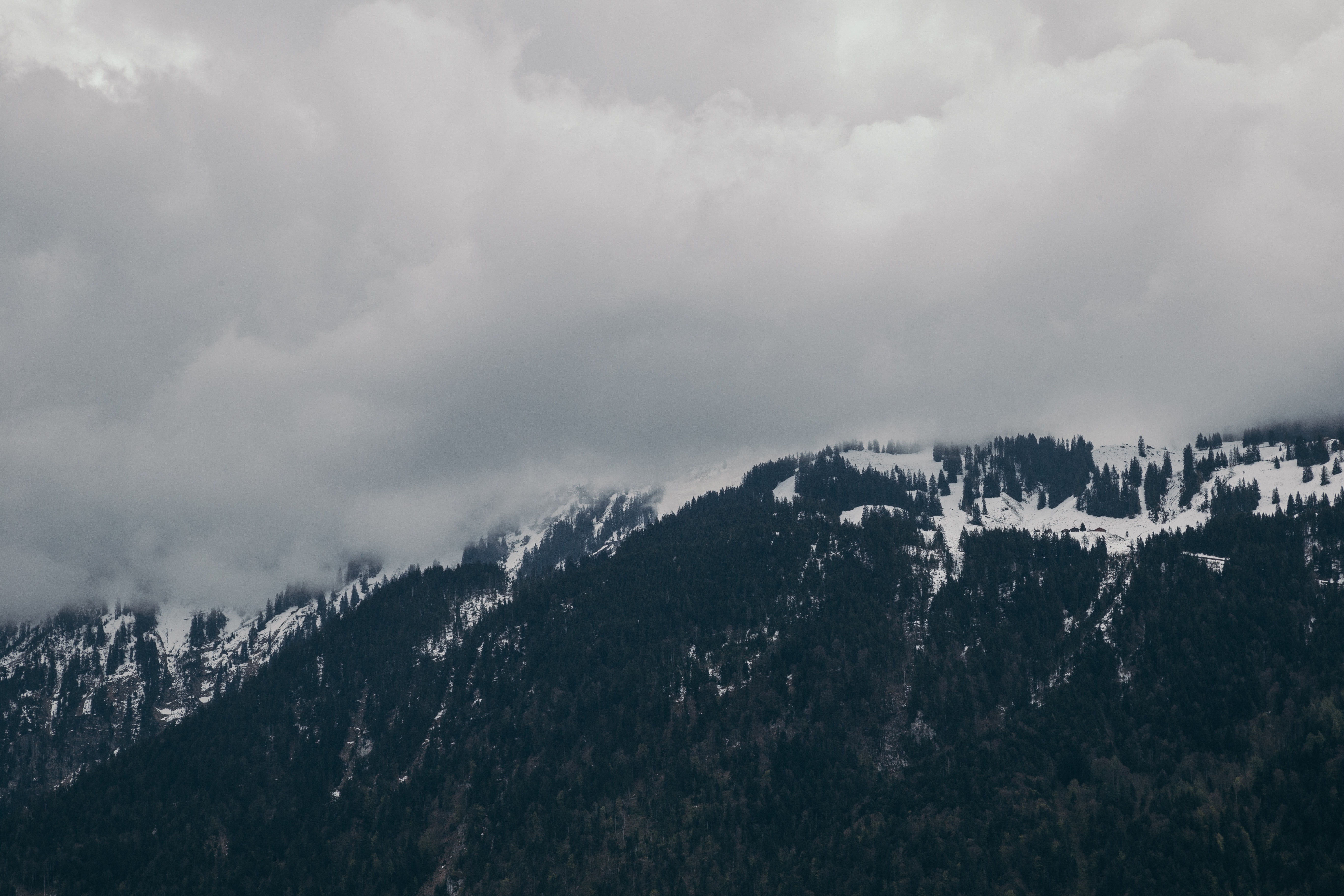
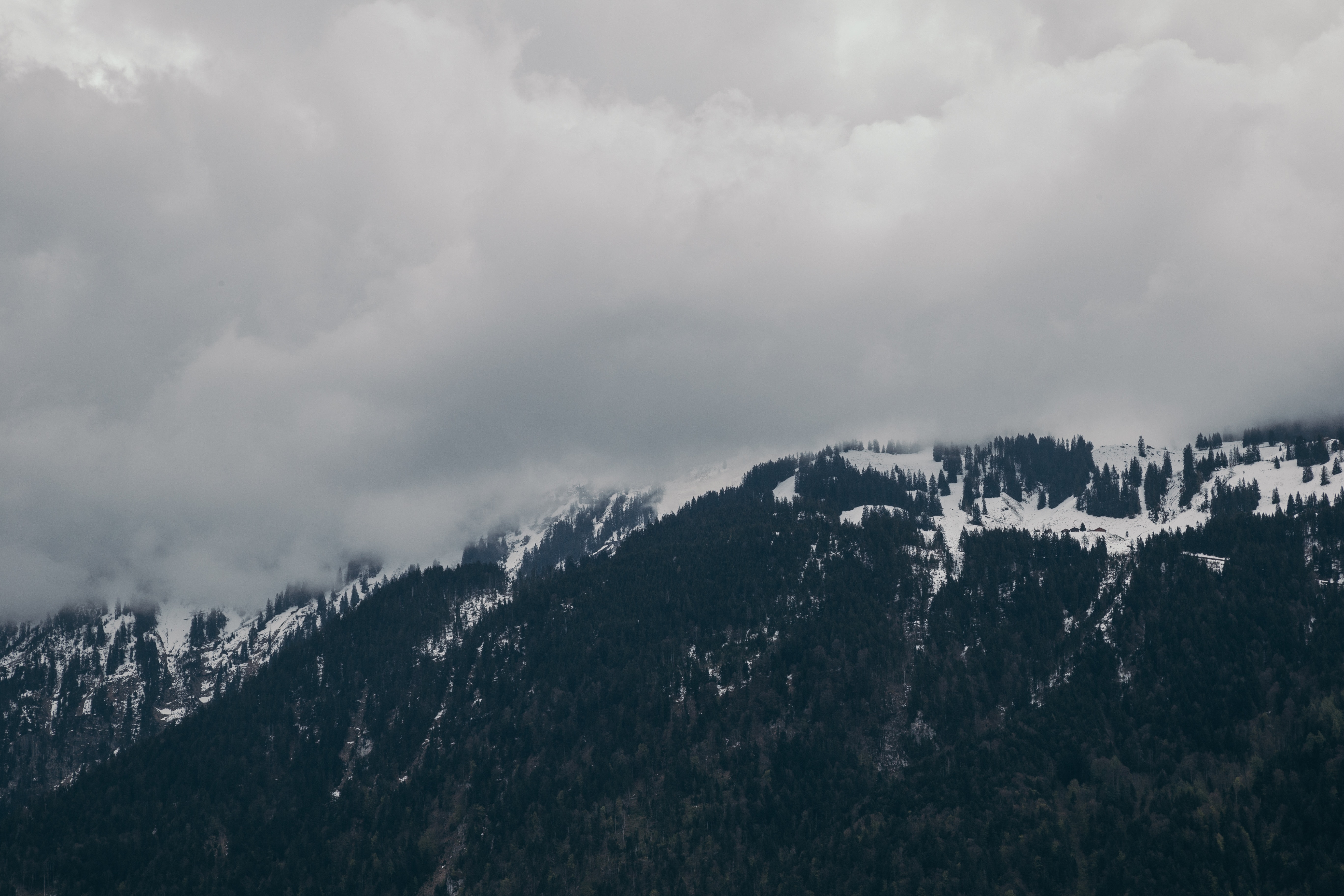
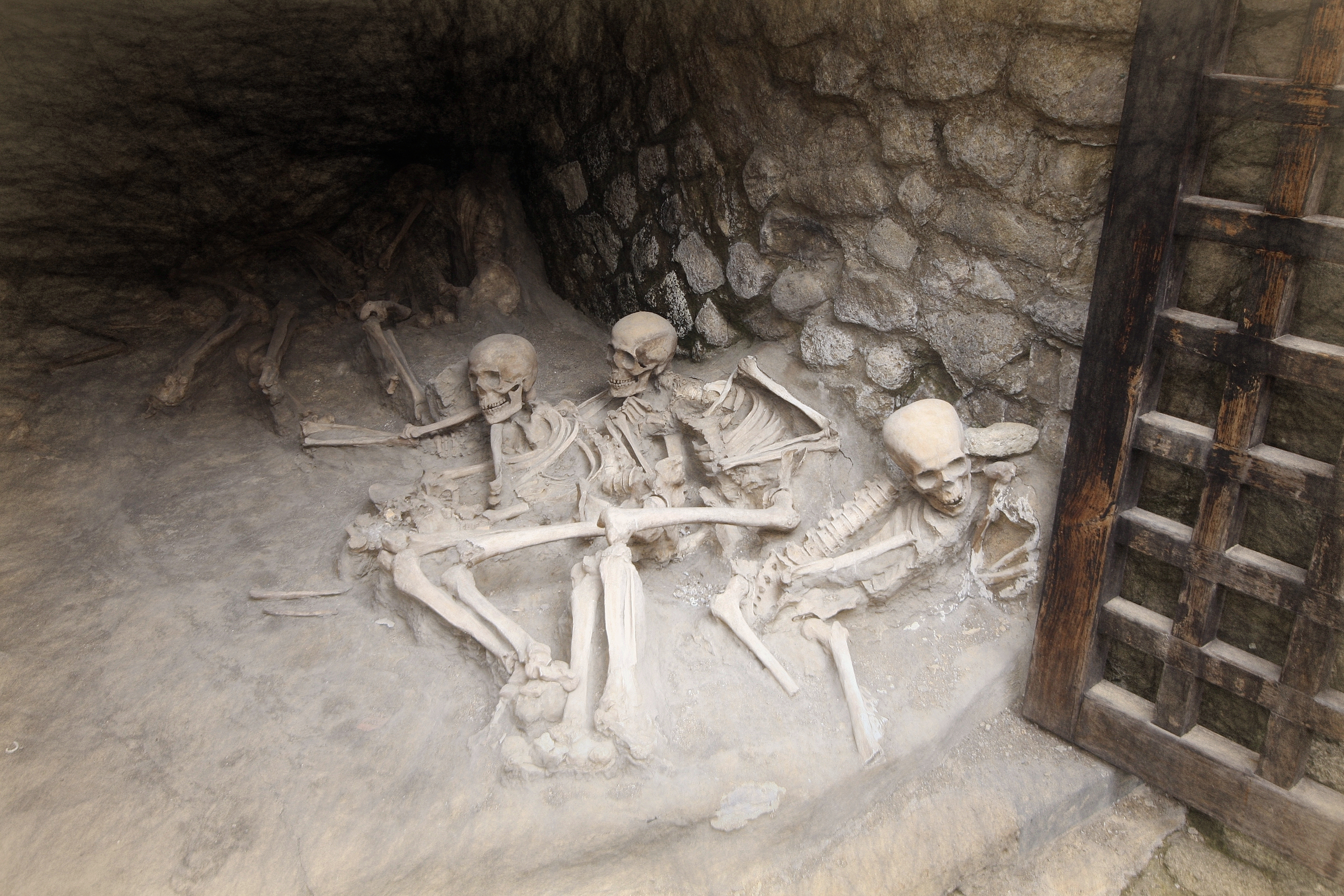


More free photos / by Flickr (Public Domain)